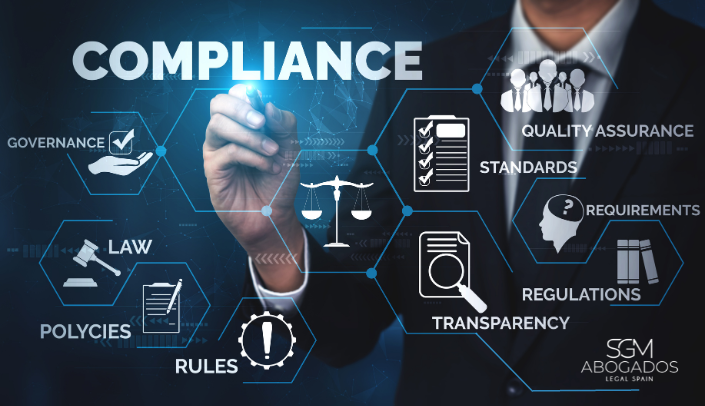Strengthening the Digital Fortress
Strengthening the Digital Fortress:
A Guide to Cybersecurity in the 21st Century
Introduction
In today’s interconnected world, where every aspect of our lives is digitized, cybersecurity has become a critical concern. From personal information to sensitive corporate data, the internet hosts a treasure trove of valuable assets. To protect these assets from cyber threats, it’s imperative to understand the fundamentals of cybersecurity and adopt proactive measures. In this blog, we’ll delve into the key principles and best practices for safeguarding your digital presence.
Understanding Cyber Threats
The first step towards a robust cybersecurity strategy is understanding the types of threats you’re likely to face. These include:
Malware: Malicious software that infiltrates systems, often with the intent to steal or corrupt data.
Phishing: Deceptive emails or websites designed to trick individuals into revealing sensitive information like passwords or credit card details.
Ransomware: Software that encrypts files or systems, demanding a ransom for their release.
Social Engineering: Manipulating individuals into divulging confidential information or performing actions that compromise security.

Strong Passwords and Multi-Factor Authentication (MFA)
The foundation of cybersecurity begins with strong, unique passwords. A combination of upper and lower case letters, numbers, and special characters makes passwords harder to crack. Moreover, implementing MFA adds an extra layer of protection by requiring a secondary authentication method, such as a code sent to your phone.
Regular Software Updates
Outdated software often contains vulnerabilities that cybercriminals exploit. Regularly updating operating systems, applications, and plugins is crucial for patching these security holes.

Firewalls and Antivirus Software
Firewalls act as a barrier between your network and potential threats, monitoring incoming and outgoing traffic. Antivirus software detects and removes malware, providing an additional layer of defence.
Data Encryption
Encrypting sensitive information ensures that even if it’s intercepted, it remains unintelligible to unauthorized users. This is especially important for data transmitted over networks or stored in the cloud.
Employee Training
Human error is a leading cause of security breaches. Regular training on cybersecurity best practices, along with simulated phishing exercises, can significantly reduce the risk of falling victim to cyberattacks.

Regular Backups
Regularly backing up important data is a crucial aspect of cybersecurity. In the event of a ransomware attack or system failure, having up-to-date backups ensures that critical information is not lost.
Monitoring and Intrusion Detection
Implementing tools and processes for continuous monitoring of network traffic and system logs can help identify suspicious activities early. Intrusion detection systems can provide real-time alerts about potential threats.
Incident Response Plan
Preparing for a cyber incident is just as important as preventing one. Having a well-defined incident response plan in place helps mitigate damage and reduce downtime in the event of a breach.

Compliance with Regulations
Depending on your industry, there may be specific regulatory requirements for cybersecurity. Ensuring compliance with these regulations not only helps protect your organisation but also prevents legal repercussions.
Conclusion
In the digital age, cybersecurity is no longer a luxury, but a necessity. Implementing robust cybersecurity practices not only protects your sensitive information but also safeguards your reputation and financial well-being. By understanding the threats, employing best practices, and staying vigilant, individuals and organisations can create a formidable defence against cyber adversaries. Remember, in the realm of cybersecurity, prevention is the best cure.











